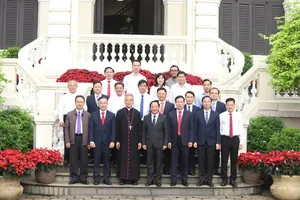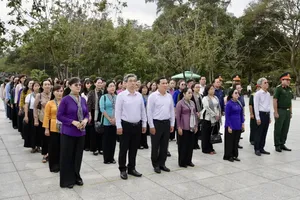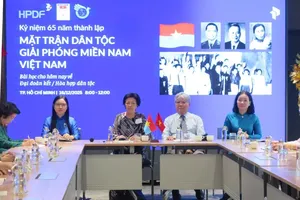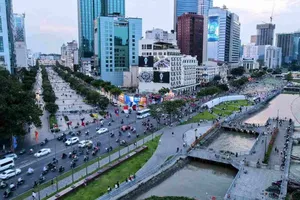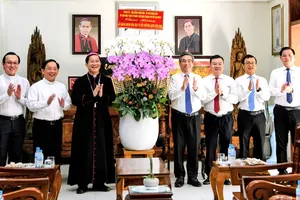
For example, a middle-aged woman regularly stands near a gas station on the corner of Nguyen Van Cu and Nguyen Trai streets in District 5 to look for handouts, according to a report in Sai Gon Giai Phong (Liberated Saigon) newspaper.
When a driver stops at the gas station, the woman helps them open up the gas tank cover and waits for the bike owner to make the next move. After the driver pays for the gas, the woman then immediately asks for money. If she doesn't receive any, she argues that she deserves it because she helped open the tank cover.
Since most bike owners want to avoid problems and not be told that they are selfish, they give the woman VND5,000 or VND10,000. Within a fairly short period, the woman is able to earn hundreds of thousands of dong.
A similar circumstance can be seen at a gas station on Ly Thuong Kiet street in District 5 where a middle-aged man is “in charge”. In addition to opening and closing the gas tank lids in exchange for money, many other scams have been recognised.
In particular, a woman holding a sick-looking child usually sits on the pavement of District 11’s Au Co street. Many people give her money but others volunteer to take the child to the hospital. But the woman refuses, explaining that she just wants money to take care of the child herself.
Other beggars tell people they need money because they have missed their train home or their motorbike needs repair.
The city's hotspots for begging include: the Nguyen Thai Hoc – Tran Hung Dao Intersection in District 1; Nam Ky Khoi Nghia – Nguyen Thi Minh Khai Intersection and Nguyen Thi Minh Khai – Cach Mang Thang 8 Intersection in District 3; Nguyen Trai – Nguyen Van Cu Intersection and Nguyen Trai – Chau Van Liem Intersection in District 5; and Cong Hoa – Ut Tich Intersection and Bay Hien Intersection in Tan Binh district; among others.
To address the situation, the municipal Department of Labour, Invalids and Social Affairs has submitted a report to the city's People’s Committee on a draft plan dealing with the homeless situation through 2020. The department's goal is to end the situation by the end of 2020.
However, experts are concerned that this new draft plan is similar to former ineffective plans.
In 2010, the department aimed to eliminate begging by the end of 2010. Then a year later, the department submitted another plan that focused on getting rid of begging in several central districts by 2013 and citywide by 2015.
At the end of 2014, the city began encouraging beggars and the homeless to visit or stay at social protection centres. A similar goal was set in early 2015, with the aim of solving the problem by the end of April, 2016. However, the problem persisted.
According to the department, the homeless and beggars who stay at social protection centres receive general education and vocational training, with the aim of eliminating literacy and offering them access to primary school education.
The flexible training period allows them to quickly return to their localities, find proper jobs, and have stable lives. The centres also work with businesses to find jobs for former beggars or the homeless.
To provide the best conditions for them to reintegrate into the community, the Department of Labour, War Invalids and Social Affairs sends a notification to its counterparts in neighbouring provinces, asking them to offer support to beggars and the homeless.
For those who continue to stay in HCM City, the People’s Committees of districts and wards are responsible for connecting the homeless or beggars with their families who are asked to promise that their relatives stop begging or living on the streets. Authorities consider each problem case by case, and then offer support to the former beggars and the homeless.


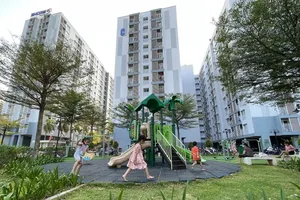

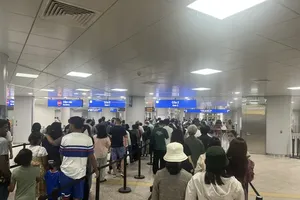
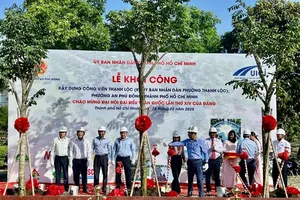

)

